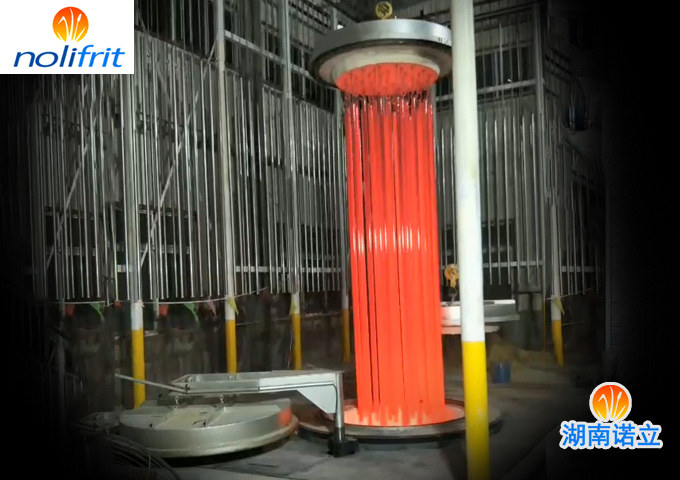Features of The Enamel Firing Furnace
The kilns for firing enamel products include intermittent firing kilns and continuous kilns. According to the heat source classification, there are the following types:
1. Solid fuels include coal, coke, and peat.
2. Oil burner: liquids include petroleum (diesel) and fuel oil (heavy oil).
3. Gas stove (natural gas, liquefied gas).
4. Electric furnace

Continuous furnaces include linear and U-shaped continuous furnaces. The advantages of continuous kiln are:
1. High firing efficiency.
2. The fuel cost is reduced.
3. The heat of the article is gentler, the deformation caused by heating is reduced, and the quality of the finished product is improved.
4. Easy firing operation.
In terms of structure, the continuous furnace is similar to the intermittent furnace, except for the electric heating type, all of which are insulated, and are divided into three parts: the preheating zone, the firing zone and the cooling zone. The fuel can be heavy oil or gas, and the items are transported through the furnace through a conveyor belt to complete the firing process.
In order to reduce the heat loss caused by the ventilation of the continuous furnace, an air curtain can be installed at the entrance. The forced ventilation of the fan forms a barrier of air at the entrance to force the air to circulate, so as to isolate the inside and outside of the kiln. Reduce heat loss.
The firing conditions of the continuous furnace depend on the length of the firing belt and the speed of the conveyor belt. Generally, the firing time of the continuous furnace is longer than that of the batch furnace, but the firing temperature can be lowered.